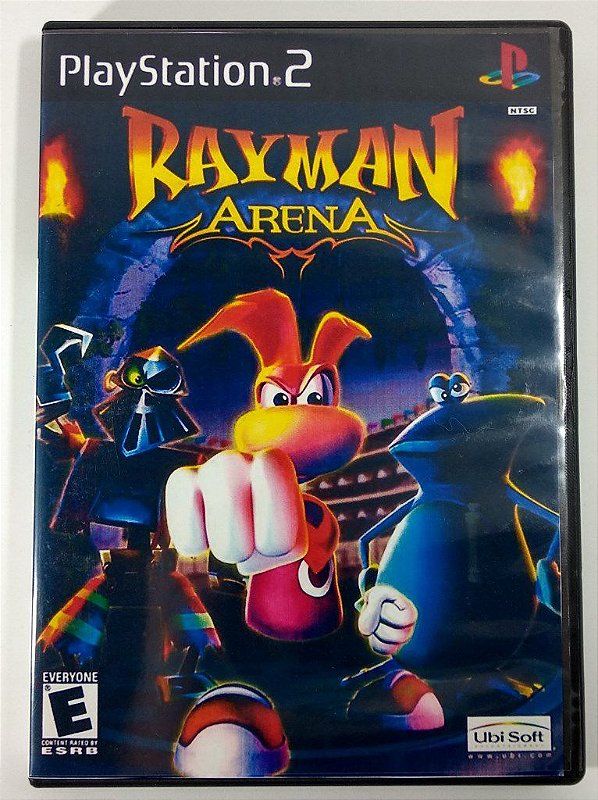
Most enemies encountered can be eliminated by jumping on their heads or throwing fireballs at them. Bowser, half-dragon, half-turtle creature. Let's now move on to the principle of the game, which everyone knows but which we must remember: Mario must cross from left to right eight worlds each divided into four sub-levels in order to save the princess of the Mushroom kingdom from the clutches of the terrible. Indeed, most games until then offered table-by-table action: the screen scrolled suddenly when you reached the end. The thing seems quite commonplace now, but this scrolling system was a small revolution in 1986. Mario and his enemies are represented in much more detail, and above all, no more black background! Here the sky is blue, you can even see a few clouds, Mario passes in front of bushes, walks on a ground that seems to be made up of earth and rocks, in short, realism is pushed to its climax! The icing on the cake: when our mustachioed hero advances, the screen advances at the same time as him and the decor scrolls in real time in the background. We are far from the few sprites of four different colors on a black or gray background of which the Atari console is capable. What strikes above all is the quality of the graphics. To understand the reasons, you have to put yourself in the context of the time, for example by putting yourself in the shoes of an Atari 2600 owner (the console then in vogue) who would discover Nintendo's title for the first time.

After the success in arcades of the friendly game Mario Bros featuring the two plumbers Mario and his brother Luigi, here is on NES the first real adventure of the character who will quickly become the symbol of the Nintendo firm and of video games in general until see you again today.Įven if today Super Mario Bros is a platform game that may seem basic, even technically very limited, it is nevertheless a cult title that has revolutionized the small world of video games.


 0 kommentar(er)
0 kommentar(er)
